Affiliate links on Android Authority may earn us a commission. Learn more.
Google Pixel 4a vs older Google phones: Should you upgrade?
Published onJanuary 26, 2021
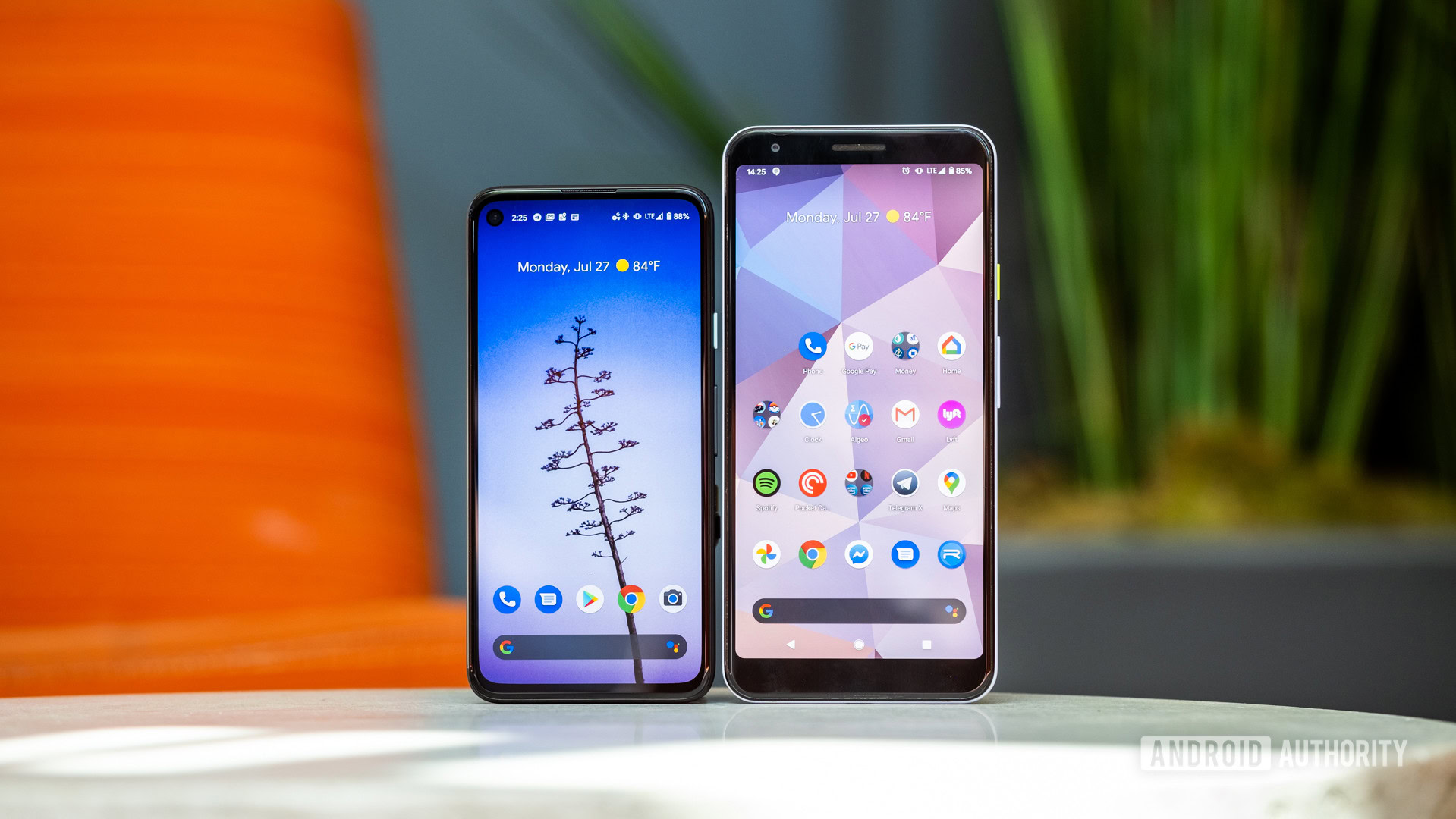
The Google Pixel 4a marks the second generation of Google’s affordable smartphone line, offering a tempting combination of affordability and premium camera smarts. If you’re a current Pixel owner contemplating an upgrade or simply out bargain hunting, the Pixel 4a’s value for money proposition is impossible to overlook, even if you’re currently rocking an older flagship-tier handset.
Should you upgrade to the Pixel 4a from an older Google phone? Here’s a rundown of how Google’s latest mid-ranger stacks up against its predecessors to see if it’s worth the upgrade.
Our full verdict: Google Pixel 4a review: Google’s best phone in years
Google Pixel 4a vs Nexus phones
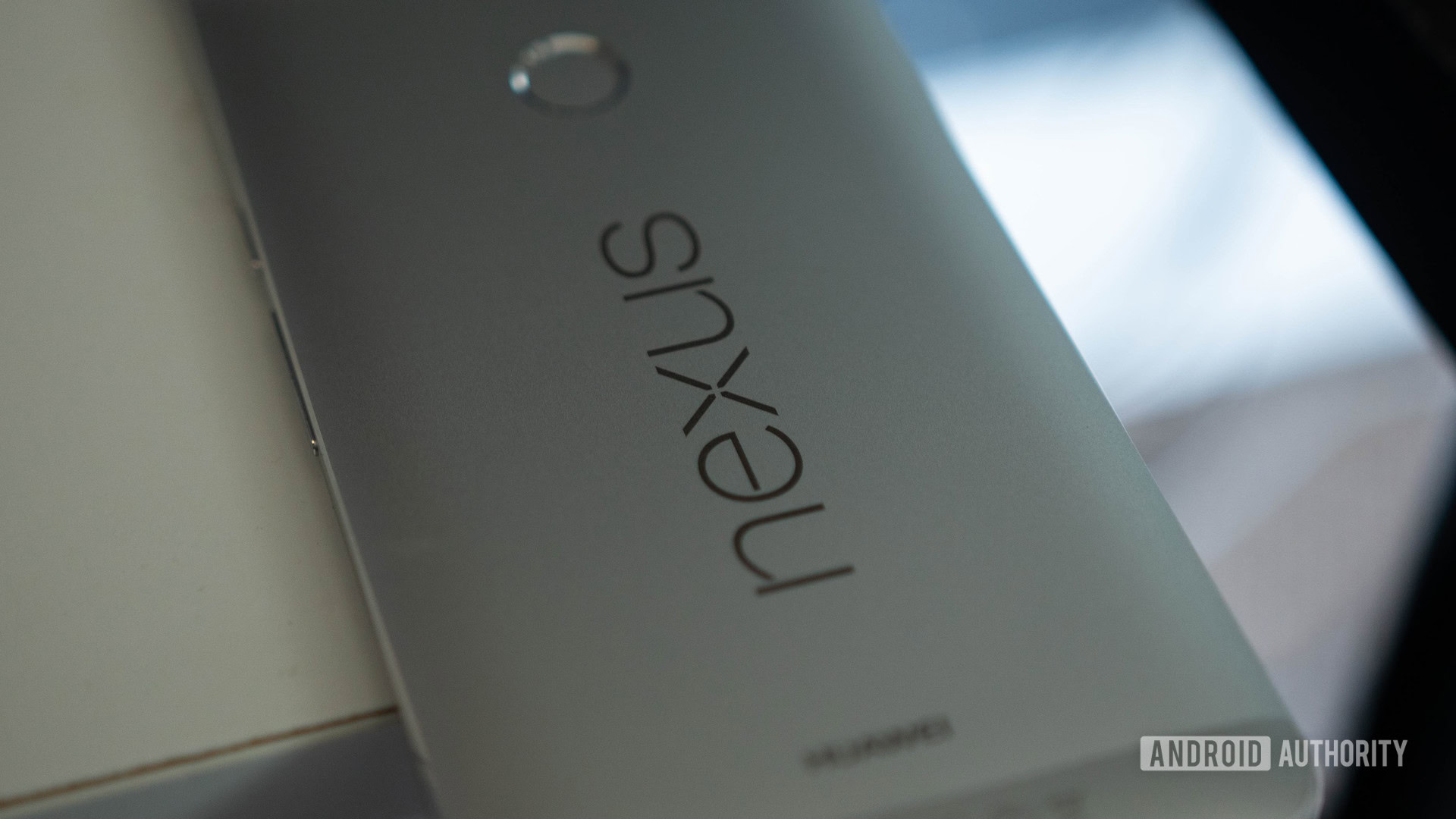
Google’s smartphone ambitions didn’t start with the Pixel series. Before that came the Nexus range and, honestly, major kudos if you’re still using a fully functioning Nexus-era device.
Aimed more at developers while also showcasing Google’s vision for stock Android, the last entries in the series, the Nexus 6P and 5X, launched back in 2015. Unfortunately, Nexus smartphones often weren’t the most reliable. Given the sheer age of the hardware at this point, they’re well past due for a replacement.
Related: Was the Nexus series really that good, or is it just rose-tinted glasses?
The Google Pixel 4a offers an affordable update route with more powerful processing hardware than those old flagship chips, the latest and greatest version of Android without the hassle of manual installs, and industry-leading camera capabilities. There’s really no reason to hold onto a badly aging Nexus handset any longer except for pure nostalgia.
Google Pixel 4a vs Pixel 1
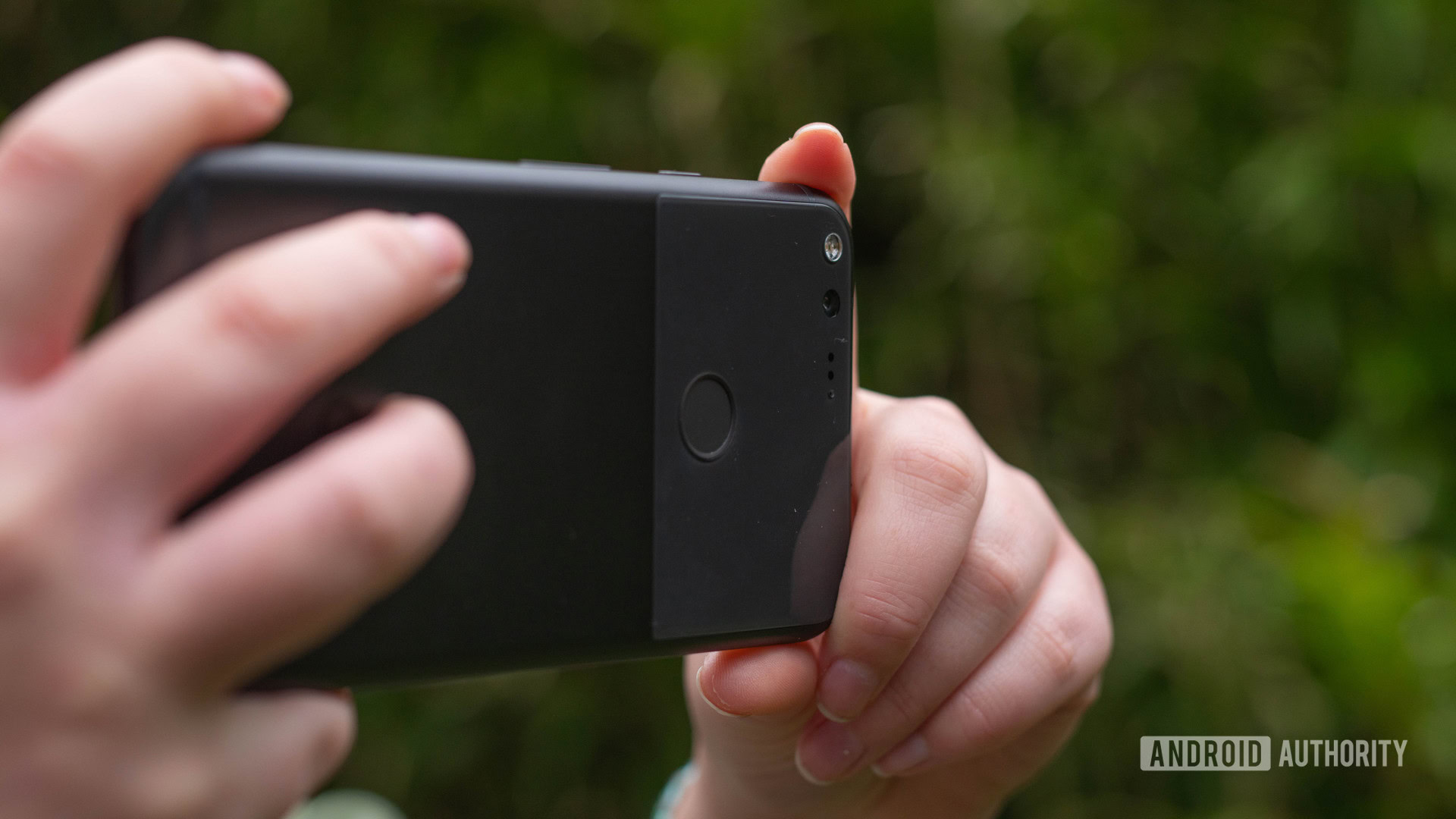
The original Google Pixel debuted in 2016, with flagship hardware in a 5-inch package and 5.5-inch screen size for the XL variant. The Pixel’s hardware looks a little dated by today’s standard though, even compared to the mid-range Pixel 4a.
The quad-core Snapdragon 821 processor is also slower than the mid-range octa-core Snapdragon 730G inside the Pixel 4a. This is thanks to more modern CPU core designs in Google’s affordable phone. The two are also pretty comparable with it comes to graphics, but you’ll probably get the best results from the more modernly optimized Pixel 4a.
See also: Google Pixel redux review: Proof of the power of software
Google’s latest camera package can trace its root all the way back to the original Pixel, but the newer model benefits from dual-pixel phase-detection autofocus, optical image stabilization, and Google’s latest approaches to processing. The first-gen Pixel also doesn’t boast any fancy features like an IP rating or wireless charging, so there’s nothing to miss moving to the Pixel 4a either. They also both sport headphone jacks!
The original Pixel actually looks pretty dated too due to the thick bezels. But, perhaps most importantly, Google stopped supporting the Pixel and Pixel XL with security updates as of October 2019.
With a marginally more modern camera package, better performance, and Android updates guaranteed until August 2023, the Pixel 4a is a solid update on the original Pixel flagship.
Google Pixel 4a vs Pixel 2

The 5-inch Google Pixel 2 and 6-inch Google Pixel 2 XL narrow the hardware gap with the newer 4a. But due to the age of the Pixel 2 series, it came to the end of its time on Google’s support roadmap. Android and security updates officially ended in October 2020, meaning the upgrade to Android 11 was its last.
The phones’ octa-core Snapdragon 835 processor is slightly faster than the Snapdragon 730G when it comes to gaming, but we haven’t had any complaints about the Pixel 4a’s day-to-day performance. The same can’t be said for the Pixel 2, which is notoriously hampered by its 4GB RAM (the Pixel 4a has 6GB RAM) and resulting forced app closures. The newer model also offers superior battery life, making it a better phone to use day-to-day.
The Pixel 2's support-cycle has come to an end.
The camera package is virtually identical on paper. However, the Pixel 4a benefits from built-in support for Google’s astrophotography and other latest features. The Pixel 4a also boasts 18W fast charging versus 10W charging, as well as thinner bezels. However, the Pixel 4a lacks the Pixel 2’s IP67 rating and front-facing speakers.
The Pixel 2 series was controversial for dropping the headphone jack, which the Pixel 4a retains. The older phones also encountered display issues. Overall, the Pixel 4a is a more refined package that’s more practical to actually use versus the Pixel 2. Plus, it’s about time to switch from the Pixel 2 for long-term Android updates too.
Google Pixel 4a vs Pixel 3
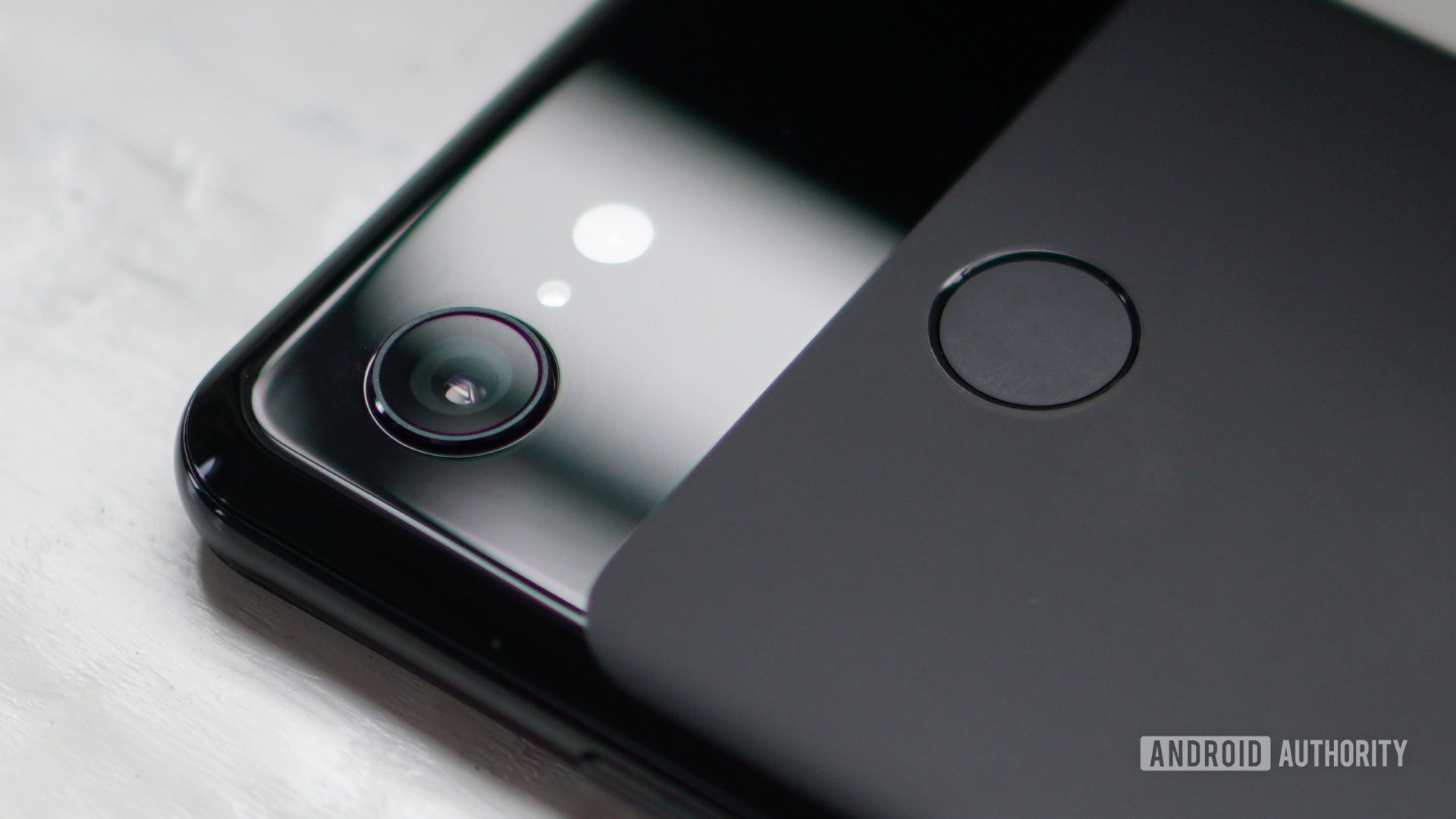
The Google Pixel 3 and 3 XL are still reasonably modern flagships. They boast an IP68 rating, speedy Snapdragon 845 processor, and Qi wireless charging that you simply won’t find on the Pixel 4a. The Pixel 3 also supports Google’s latest camera features and boasts a secondary wide-angle selfie camera, a feature we were disappointed the Pixel 4a didn’t copy (especially after the rival OnePlus Nord included one). Google’s last-gen flagship is definitely the more feature-rich and powerful handset. Plus, the build materials are a notable step up from the Pixel 4a’s more basic feel.
However, the Pixel 3 isn’t perfect. It endured similar problems with battery life as the Pixel 2, but its display is, thankfully, much better and the phone’s design isn’t as bulky either. Well, except for the Pixel 3 XL’s gargantuan and unsightly “bathtub” notch. Both phones also stuck with just 4GB RAM which again resulted in apps closing in the background at an alarming rate for a flagship phone. The Pixel 4a doesn’t have this problem.
Don’t miss: These 7 phones are the best Google Pixel 4a alternatives
However, unless iffy memory management (or the jump from 64GB to 128GB base storage) is a complete deal-breaker, there’s no compelling reason for Pixel 3 owners to jump to the Pixel 4a. The Pixel 3 also has plenty of software updates left in it. You may benefit from a switch if you’re having issues with the Pixel 3’s battery life, but if that’s a major bugbear, it might be worth leaving Google’s ecosystem altogether.
Google Pixel 4a vs Pixel 3a
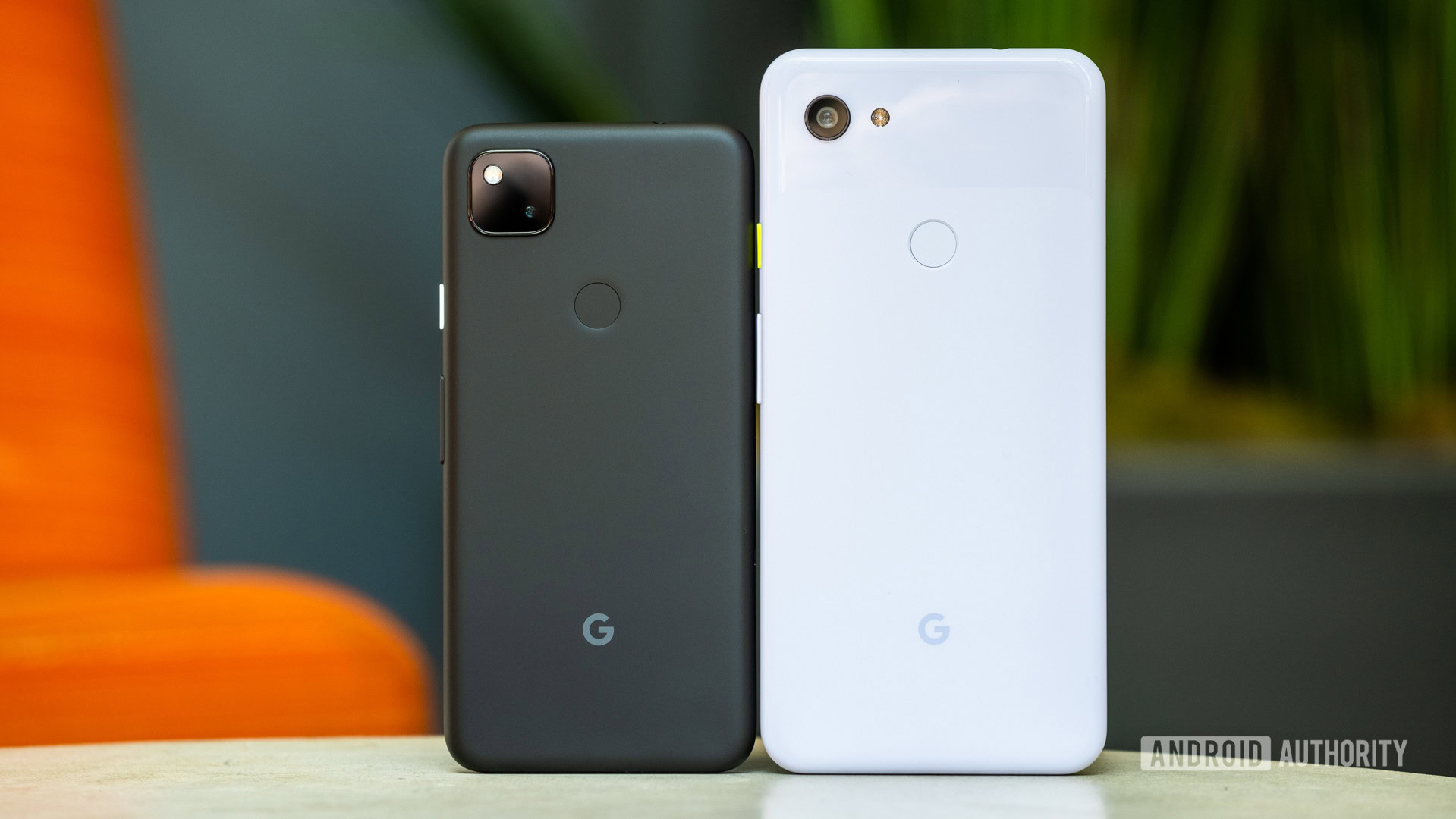
This brings us to Google’s first and quite successful mid-range handset — the Pixel 3a. We’ve given these two a much deeper comparison already, but let’s recap the main pros and cons of upgrading.
The Pixel 4a boasts a handful of improved features, an ever so slightly larger display than the standard Pixel 3a (we didn’t get a Pixel 4a XL, sadly), and a punch-hole front camera. However, the core experience is similar enough between the two that Pixel 3a owners probably won’t feel the itch to upgrade any time soon. Especially as the two feature identical camera packages, which remains one of the main reasons to buy the affordable Pixel.
Related: Google Pixel 4a vs Pixel 3a camera shootout: Is it worth the upgrade?
That said, the Google Pixel 4a benefits from 128GB UFS 2.1 storage versus the Pixel 3a’s slower 64GB eMMC 5.1. The newer Snapdragon 730G SoC also provides more CPU and GPU performance over the Snapdragon 670, and the phone sports 2GB more RAM. Combined, this can be the difference that makes this mid-range experience that little smoother. With more memory, the Pixel 4a should age a little better as a result too.
But unless you’re clamoring for a little more performance, the Pixel 3a/Pixel 3a XL and Pixel 4a are uncannily similar. For that reason, most Pixel 3a users will still feel very happy with last year’s phone. We will say that the most affordable Pixel 3a can now be found at around the same price as the Pixel 4a, though. If you’re shopping for a new budget device, the 4a is the obvious winner.
Google Pixel 4a vs older Google phones: The verdict
Smartphone tech continues to move at a brisk pace, even in more affordable market segments. Upgrading to the Google Pixel 4a is a no-brainer if you’re holding on to a handset from 2016 or older — Google phone or otherwise. Today’s mid-range tech is simply superior. Google’s latest affordable phone is also a reasonable improvement over the still relatively recent Pixel 2, especially given the handset’s well-documented flaws.
Moving up from last year’s Pixel 3a is less worthwhile, but perhaps justifiable if you want a modest storage and/or performance upgrade. As you’d surely expect, the modern flagship Pixel 3 and, by extension, the newer Pixel 4 offer enough bells and whistles that moving to the Pixel 4a would be a notable downgrade. That said, it’s a little trickier picking between the Pixel 4 series and the Pixel 4a if you’re choosing between the two for a brand new phone — check out our comparison for more.
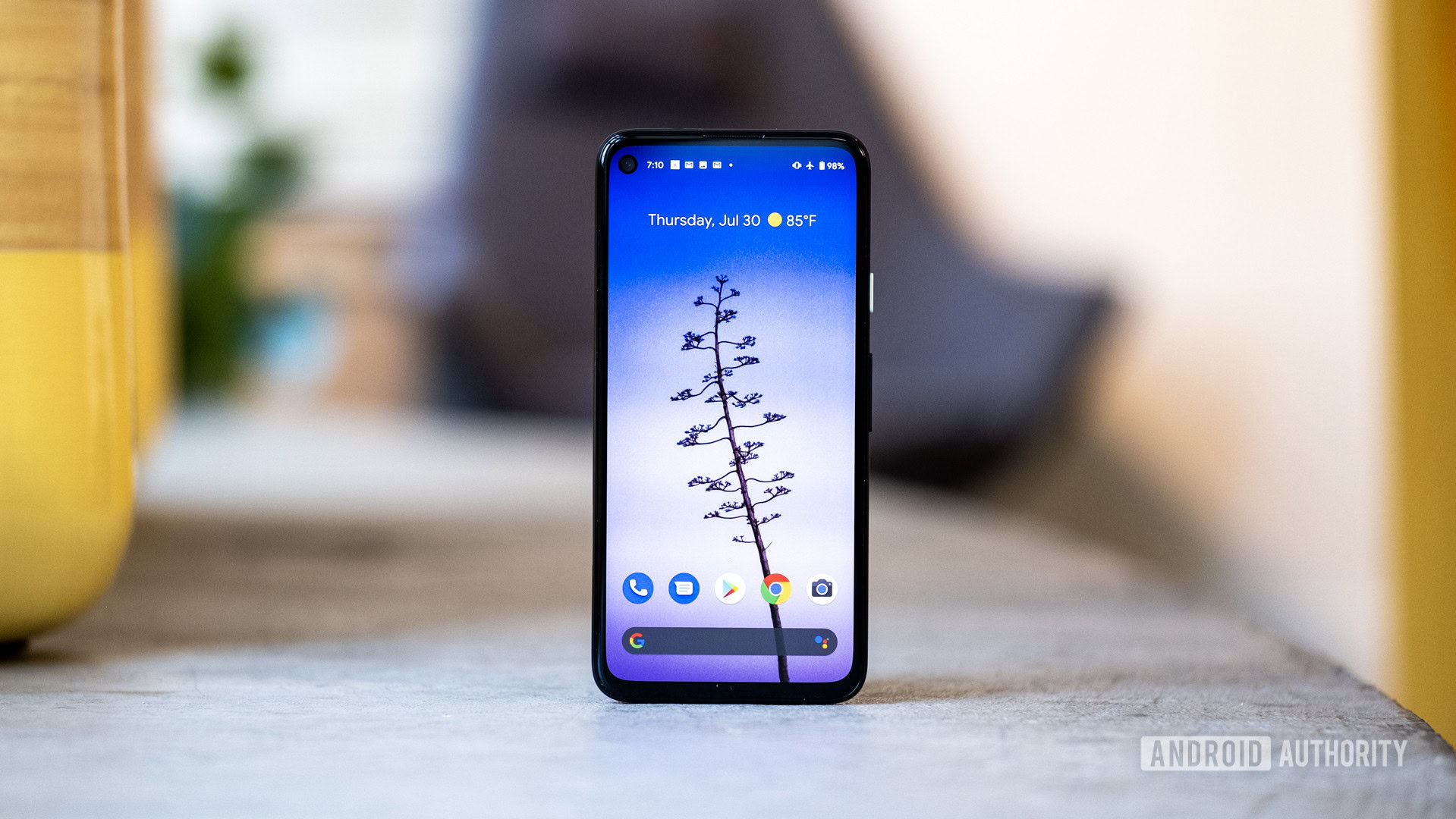
Will you be upgrading from an older Google device to the new Pixel phone? Let us know in the comments!